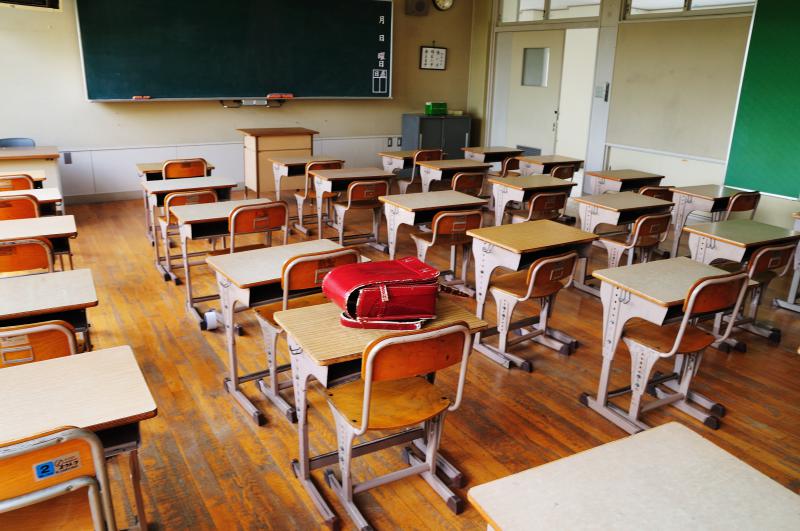
On September 29th, the Nevada Supreme Court issued a landmark decision that upheld its Education Savings Account (ESA) program as constitutional. Passed by the Nevada legislature in 2015, these savings accounts are revolutionizing K-12 education by providing a marketplace for parents to choose where to send their children to school.
Americans nationwide are familiar with more than 15 tax-advantaged savings accounts that exist in healthcare, retirement and higher education. Relatively new are savings accounts for K-12 education, formally called Education Savings Accounts (ESAs).
This movement started with Arizona, the pioneer state of implementing Education Savings Accounts (ESAs) in 2011. This year, Arizona expects 2900 students to enroll in its Education Savings Account (ESA) program, up from 302 participants in 2013. In 2013, 71% of parents who had children enrolled in the program were satisfied with their ESA.
ESAs give parents the flexibility to tailor their child’s education to meet their needs. The program places the money that would normally be spent on a child in public school into an account that is given to the parents. Parents can then use that money to pay for school tuition at charter, private, and online schools.
Now, approximately 22 states have implemented or considered adopting their own version of ESAs. Five states currently have ESA programs in place.
Arizona, Tennessee, Florida, and Mississippi limit the program to students with special needs or military connections. While this is a great start, ultimately all students should have access to schools that best suit their needs. This is why Nevada has perhaps the most robust ESA program: all 450,000+ K-12 students in the state are eligible to register, no matter their circumstance.
While voucher programs, tax credit scholarships, charter schools and the like have done wonders in improving education, states with such programs in place should not stop there. Though ESAs and vouchers have some similarities, ESAs take school choice a step further:
1. ESAs do not operate as a use-it-or-lose-it concept
Like most state voucher programs, the allotted money for a child to attend public school is instead used towards tuition to attend a different school. In a voucher program, any extra money after paying tuition is given back to the state. But with an ESA program, parents get to keep the money left over.
2. ESAs put parents in control
In most voucher programs, parents choose the school they want their child to go to and the state then transfers the money to the school of choice. But in most ESA programs, parents are given a special debit card or account and can pay school tuition directly. Not only that, but some schools decline to accept vouchers, limiting the school choices for parents.
3. ESAs have flexible spending
Since any extra money in the voucher program goes back to the general education fund, it can only be spent on tuition. With ESAs, any money left over after paying tuition can be used for other school expenses. That includes textbooks, school supplies, some therapies, and even college savings accounts.
Parents know what’s best for their children, and education is no exception. While voucher programs are a great function of school choice, states with vouchers shouldn’t stop there. ESAs put parents in charge, can provide children from all economic backgrounds a quality primary education, and a chance at saving for college. An ESA program is a logical policy that expands school choice.
For these reasons, Americans for Tax Reform urges all states in their 2017 legislative sessions to look at implementing an ESA program.

